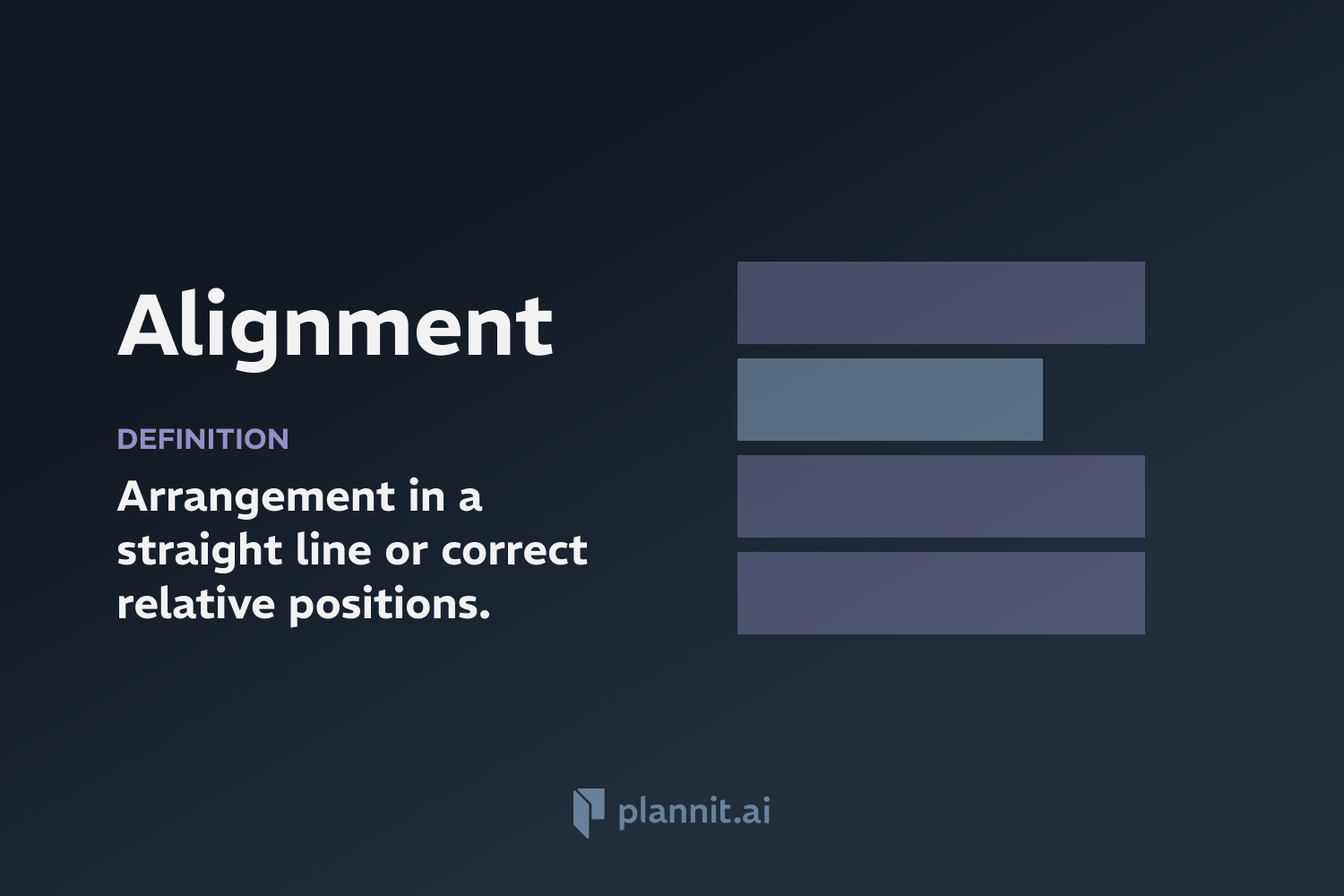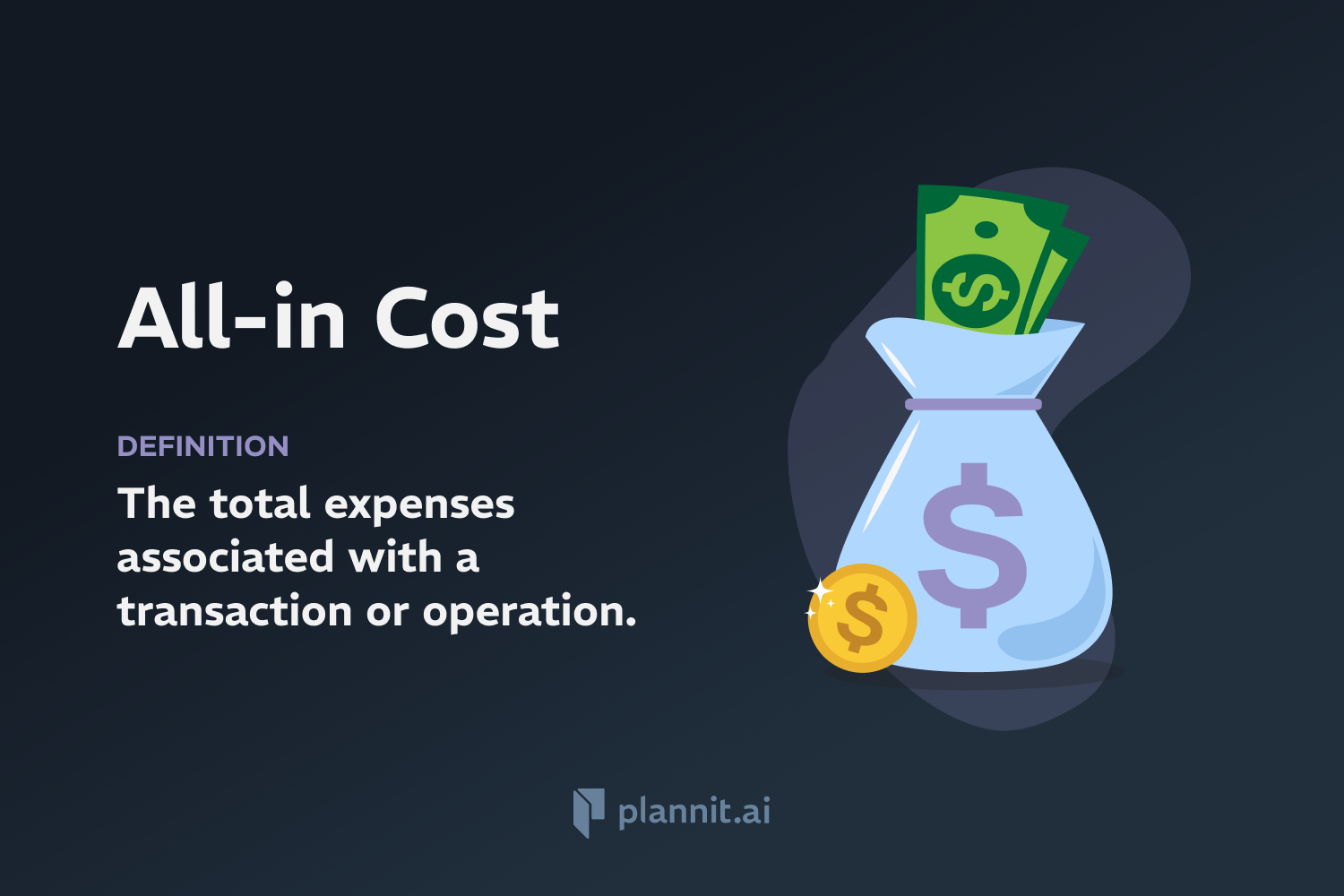Need Help With Your Business Plan?
Answer tailored questions and get a detailed business plan in minutes.
Alignment: Definition & In-Depth Explanation

In business, "alignment" refers to the process of adjusting an organization's strategies, processes, and operations to harmonize with its set goals, values, and the needs of its stakeholders, including employees, customers, and shareholders. It is crucial for ensuring that all parts of the organization work together cohesively towards common objectives.
Purpose:
The purpose of achieving alignment within a company is to enhance efficiency, improve performance, and ensure that all efforts are directly contributing to the core goals and mission of the organization. Alignment is essential for strategic planning, resource allocation, and effective management, helping to eliminate wasted effort and inconsistencies that can impede business success.
Example:
An example of alignment in a business could involve aligning a company's IT strategy with its overall business strategy. This means ensuring that the technology adopted, the IT processes, and policies support the broader business objectives, such as increasing operational efficiency or improving customer service.
Related Terms:
Strategic Alignment: The process of aligning a company’s structure and resources with its strategic objectives to improve efficiency and effectiveness.
Organizational Culture: The values, behaviors, and social norms of an organization that influence the social and psychological environment of a company.
Stakeholder Engagement: The process by which an organization involves people who may be affected by the decisions it makes or can influence the implementation of its decisions.
Corporate Governance: The system of rules, practices, and processes by which a firm is directed and controlled, focusing on the interests of various stakeholders.
FAQs:
Why is alignment important in business?
Alignment ensures that all aspects of the company are working towards the same goals, which can increase efficiency, improve employee morale, and boost overall performance.
How can a company achieve alignment?
A company can achieve alignment through clear communication of goals and strategies, ensuring all departments understand how they contribute to these goals, and aligning incentives and metrics across the organization to reflect these priorities.
What are the challenges of achieving alignment?
Challenges include managing differing priorities or conflicts between departments, adapting to external changes while maintaining focus on core goals, and ensuring continuous communication and feedback loops between management and staff.
Can alignment affect a company’s competitiveness?
Yes, good alignment between strategy, operations, and company culture can lead to enhanced decision-making, quicker adaptation to market changes, and improved competitiveness.
How often should alignment be reviewed?
Alignment should be reviewed regularly, particularly when there are significant changes in the external environment, market conditions, or internal strategy. This ensures that the organization remains focused and can adjust to new challenges effectively.
Get funding with a business plan that will impress investors.
Starting a New Business?



